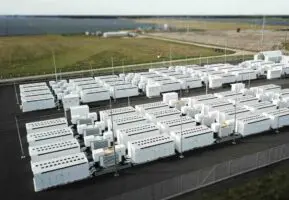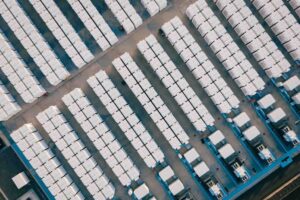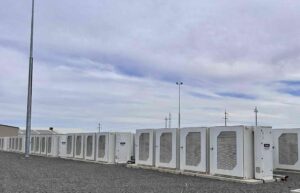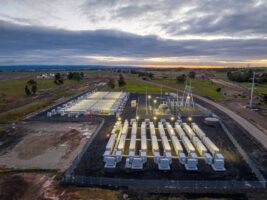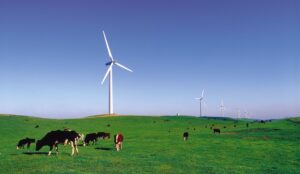Australia’s electricity markets are forecast to experience more declines in consumption over the next three years, as homes and businesses conserve energy, use smarter appliances and turn increasingly to generating their own electricity.
The 2014 National Electricity Forecasting Report issued on Monday by the Australian Energy Market Operator has highlighted once again how all previous assumptions about electricity demand have been turned on their head in recent years.
As we reported on Friday, AEMO has been forced to revise down its forecast demand for 2013/14 for a second time, and it now expects demand from the National Electricity Market to continue falling for at least another three years.
AEMO notes that in the past five years, instead of surging demand, consumption from the grid has actually fallen by an average of 1.8 per cent a year from 2009–10 to 2013–14.
Ironically, this has been driven, it says, by surging network costs – which have risen in turn because of the $45 billion that was invested on the basis of high demand forecasts five years ago.
These rising costs, in turn, have encouraged consumers to conserve energy, turn to more energy efficient appliances, and look to rooftop solar to deflect their costs. Demand has also been reduced by declining industrial production.
The fall in demand, or at least the fall in demand from the grid (because many houses with solar PV are still consuming, just producing much of their own needs), is being used by incumbent generators and others with vested interests as an excuse to halt, or slow down, the pace of deployment of renewable energy in Australia.
Many fear their complaints are getting a favourable reception from a review panel led by a climate skeptic, and a government which has described wind farms as “offensive” and renewable energy as having “no place” in modern society.
However the AEMO figures are used for the promotion of commercial interests, they do reflect a fundamental change in the way electricity markets operate, and the way in which electricity will be generated and delivered in the future.
AEMO says the only increase in consumption is coming from the massive LNG projects in Queensland. The state owned generators have hailed the prospect of being able to burn more fossil fuels to allow more fossil fuels to be liquefied and exported.
Elsewhere, there is no need for any additional generation, AEMO says, in any state before the end of its forecast period, 2023/24. The incumbent generators argue that this means there is no justification to force renewables into the market. Those on the other side say it’s about time the oldest and polluting generators exited the market.
This graph below shows how the forecasts for the next 10 years vary between last year and the current year, and differing scenarios. The chances are that even these will be optimistic.
AEMO says that 2014 NEFR shows reduced residential and commercial consumption in most NEM regions due to strong growth in rooftop solar PV systems installations and ongoing energy efficiency savings in response to high electricity prices over recent years.
“In the short term,” it says, “rooftop PV output is forecast to grow in all regions as PV system installation costs continue to fall while government financial incentives remain static.
“Across the NEM, annual average growth of 23.6% in rooftop PV drives down overall consumption from the grid. In 2013-14, rooftop PV results in a 2.9% reduction in consumption from the grid.”
Year-on-year increases in energy efficiency savings, attributed to increasingly efficient appliances, and building and industry regulations mainly driven by Federal Government initiatives, are also forecast over the outlook period to 2023-24.
This graph (above) shows how the grid is transforming. The red and the brown at the top indicate consumption that is not occurring from the grid, because either the consumption is not happening (efficiency), or it is happening on rooftops at the point of consumption (solar PV).
Look at the 2013/14 data. It represents rooftop PV in the NEM (excluding WA, the Northern Territory and other isolated grids) of nearly 4,000GWh in 2013/14, after being negligible in 2008/09. The current energy efficiency savings for 2013-14 in the NEM are estimated to be 17,672 GWh, but both are forecast to increase dramatically in the coming 10 years.
The situation is even more dramatic in South Australia, where we explain here that a textbook decarbonisation of the grid is occurring thanks to its high penetration of rooftop solar, the big uptake of large-scale renewables, and the sidelining of old coal generators.
Of course, as we have seen in the submissions to the RET Review, the incumbent generators hate this. Origin Energy argued that the RET was never designed to force incumbent generators out of the market – it was always presumed that demand would rise and renewables would account for most of new capacity.
Indeed, one of the key metrics used by AEMO in its demand forecasts is the “type of consumer” – low engagement or high engagement. This, it says, directly impacts the amount of electricity the consumer will draw from centralized resources.
“Self generation” – that which is produced and consumed within a household and a business – is now a key metric for electricity generation. There goes that favourite theory of the blind incumbents that their consumers, or ratepayers as they have treated them, are “apathetic” about electricity.
The other key aspect to note is the impact on peak demand. You will see many people write about how total demand is being reduced by solar, but not peak demand. But AEMO says that peak demand has already peaked, so to speak, and is not expected to reach historical maximum demand levels within its long-term outlook period, which is 20 years hence. That is despite the growth in population and economy.
Queensland, thanks to its LNG boom, might match is historical peak demand in 2015/16, and NSW might do so in 2022/23. Pointedly, AEMO says NSW maximum demand will not be deferred as much as other states because of its “lowest growth in rooftop PV installations across the NEM.” Can’t get much clearer than that.




